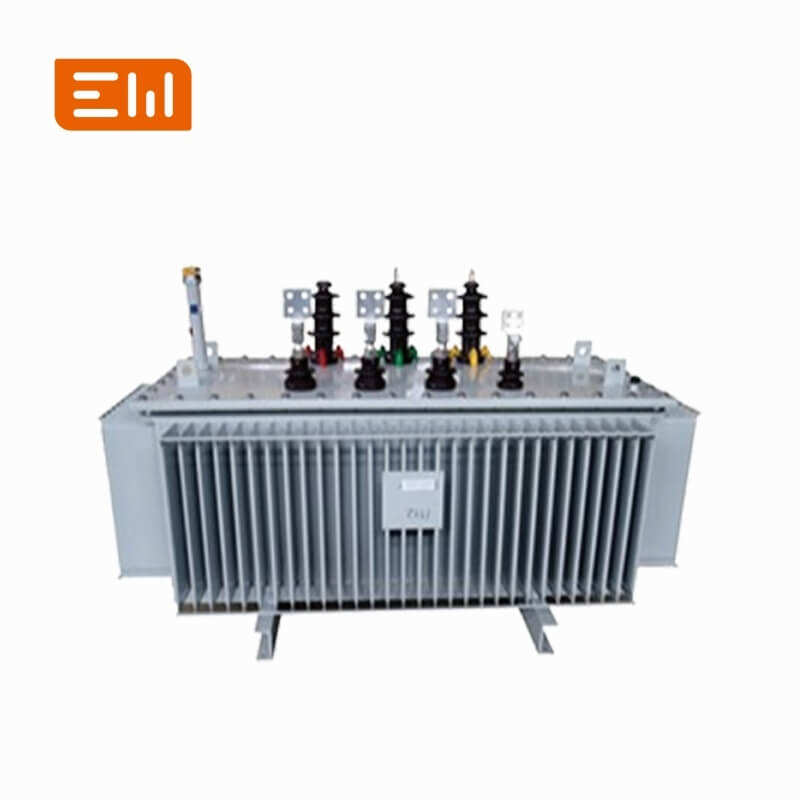Oil Immersed Transformer Engineering Guide for High-Reliability Grids
Oil immersed transformers provide the thermal headroom and dielectric strength required to feed distribution networks, renewable projects, and industrial plants. Engineers searching this keyword usually need actionable procurement data, not surface-level summaries.
With global retrofit demand and higher harmonic content, specifying the right core materials, cooling classes, and monitoring systems prevents costly rework.
Quick Definition: An oil immersed transformer is a liquid-filled power transformer whose windings and core are immersed in insulating oil, enabling efficient heat dissipation while complying with IEC 60076 and IEEE C57 standards.
Key Project Takeaways
- Oil immersed transformers deliver higher overload capability than dry types and must prove IEC 60076 type tests, IEEE C57.12 dielectric withstand, and DOE 2016 efficiency benchmarks.
- Core design, cooling method (ONAN/ONAF/ODAF), and oil chemistry (mineral vs ester) drive lifecycle performance.
- Enwei Electric’s oil-immersed portfolio spans 30 kVA to 31,500 kVA; explore specifications at https://www.enweielectric.com/products/transformers/oil-immersed-transformers.
- Use the selection matrix to align voltage class, environmental constraints, and digital monitoring requirements.
Intent Analysis: What Buyers Need from Oil Immersed Transformers
The search intent blends commercial and technical requirements. EPCs and utilities require ready-to-evaluate data on losses, insulation levels, and shipment lead times. They often compare multiple OEMs, ask for guaranteed losses, and verify supply chain resilience for critical components like tap changers and bushings.
Project teams also expect documentation packs covering design approvals, FAT reports, and predictive maintenance tools so that grid operators can integrate assets into digital twins and data-driven reliability models.
Design Fundamentals and Compliance
Oil immersed transformers use laminated silicon steel cores, high-conductivity windings, and mineral or ester-based oils. The oil enables convective cooling, while sealed or conservator tanks manage expansion. IEC 60076 outlines dielectric tests, short-circuit withstand, and temperature rise limits. IEEE C57.91 guides thermal ageing assessments, while IEEE C57.12.00 defines dimensional and performance tolerances.
Modern installations frequently demand low sound power levels and reduced electromagnetic emissions, especially in urban substations. Using step-lap core laminations and amorphous materials can cut no-load losses and noise without sacrificing efficiency mandates under DOE 2016 and EU EcoDesign Tier 2 regimes.
Condition monitoring has shifted from optional to mandatory. Fiber-optic probes, dissolved gas analysis (DGA), and bushing monitors feed predictive maintenance models that align with IEC 60076-7 loading guides.
Cooling and Materials Optimisation
Cooling choice depends on load profile, climatic extremes, and installation constraints:
- ONAN: Suited for moderate loads with natural convection; favoured in distribution networks.
- ONAF: Adds forced air via fans to support higher load swings; essential for industrial plants.
- ODAF: Deploys forced oil pumps and air cooling; ideal for compact substations with high density.
- Ester Fluids: Provide higher fire point and biodegradable properties for eco-sensitive zones.
Enwei Electric performs computational fluid dynamics to validate winding temperature distribution, ensuring compliance with IEC 60076-2 thermal limits across climates ranging from -40 °C to +50 °C.
Oil Immersed Transformer Specification Matrix
| Parameter | Recommended Range | Standards Reference | Engineering Notes |
|---|---|---|---|
| Voltage Class | 10 kV – 110 kV primary | IEC 60076-3, IEEE C57.12.10 | Confirms insulation levels and impulse withstand for utility feeders. |
| Cooling Class | ONAN / ONAF / ODAF | IEC 60076-2 | Select based on load profile, ambient temperature, and spatial constraints. |
| Loss Targets | Per DOE 2016 or EU Tier 2 tables | DOE 10 CFR Part 431, IEC 60076-20 | Lower losses reduce total cost of ownership and ESG scores. |
| Tap Changer | Off-circuit ±2.5% or OLTC ±10% | IEC 60214, IEEE C57.131 | Choose OLTC when voltage regulation must follow renewable variability. |
| Monitoring Suite | DGA, bushing CTs, fiber-optic sensors | IEC 60076-7, IEEE C57.143 | Supports predictive maintenance and data-driven diagnostics. |
Embedding this matrix in procurement documents helps procurement reviewers flag missing data quickly, improving tender accuracy.
Integration Guidance with Enwei Electric Solutions
Enwei Electric delivers oil-immersed transformers with modular manufacturing, vacuum drying, and automated core stacking. Browse the lineup at https://www.enweielectric.com/products/transformers and confirm compatibility with the switchgear platform described at https://www.enweielectric.com/products/switchgear.
For compact grid nodes, Enwei Electric packages transformers with prefabricated substations (https://www.enweielectric.com/products/substations) to accelerate deployment. Integrated CTs and protection devices follow IEC 61869 and IEC 60947 to ensure consistent protection settings.
Engineering teams can access digital twins and remote FAT capabilities, enabling data-driven analytics for loading, harmonic content, and thermal reserves.
Engineering FAQ on Oil Immersed Transformers
Why choose oil immersed transformers over dry-type units?
Oil immersed transformers deliver higher overload capacity, better impulse withstand, and improved heat dissipation, making them essential for outdoor substations and heavy-industry loads.
How do standards influence transformer specification?
IEC 60076 provides design and test frameworks, IEEE C57 standards align voltage classes and monitoring, while DOE 2016 efficiency tables set minimum loss values for regulated markets.
What monitoring options support data-driven maintenance?
Pair dissolved gas analysis, bushing monitors, and thermal sensors with condition-based maintenance software to anticipate faults and schedule service proactively.
Call to Action: Deploy Proven Oil Immersed Transformers
Grid projects rely on transformers that blend standards compliance with responsive support. Enwei Electric engineers tailor windings, enclosures, and monitoring suites to your load profile. Contact Enwei Electric today to align specifications, integrate digital diagnostics, and energise reliable oil immersed transformer fleets.
Project Applications
See real-world deployment examples and gallery highlights across Enwei Electric product hubs:
- Transformer solutions for distribution and industrial projects.
- Switchgear portfolios covering medium- and low-voltage control rooms.
- Current transformer ranges supporting precision metering and protection.
- Prefabricated substations that integrate transformers, switchgear, and panels.
Table of Contents
- Oil Immersed Transformer Engineering Guide for High-Reliability Grids
- Key Project Takeaways
- Intent Analysis: What Buyers Need from Oil Immersed Transformers
- Design Fundamentals and Compliance
- Cooling and Materials Optimisation
- Oil Immersed Transformer Specification Matrix
- Integration Guidance with Enwei Electric Solutions
- Engineering FAQ on Oil Immersed Transformers
- Call to Action: Deploy Proven Oil Immersed Transformers
- Project Applications


